It seems that the former rulers of Egypt wasn't satisfied with what they have gifted to New York and Madrid, as the list includes a number of other temples, obelisks, and gates of western European cities, such as:
Temple of Taffeh
The temple of Taffeh was located in the village of Taffeh "Taphis" in Greek, about 48 km south of Aswan. There were two temples in the area, " Qertassi " whose stones date back to the last century while "Taffeh" was submerged with water. The small temple consists of an edifice leading to the Columns Hall, then holy of holies .The temple of "Taffeh" was built between the first and fourteenth years AD, in the Roman era, under the rule of emperor Augustus. It is about 6.5 by 8 metres. In the front of the temple there are two square columns, and the temple is on four square columns, with some Greek inscriptions and also the cross, the symbol of Christianity, on the walls . This building is constructed from 657 stones weighing approximately 250 tons.
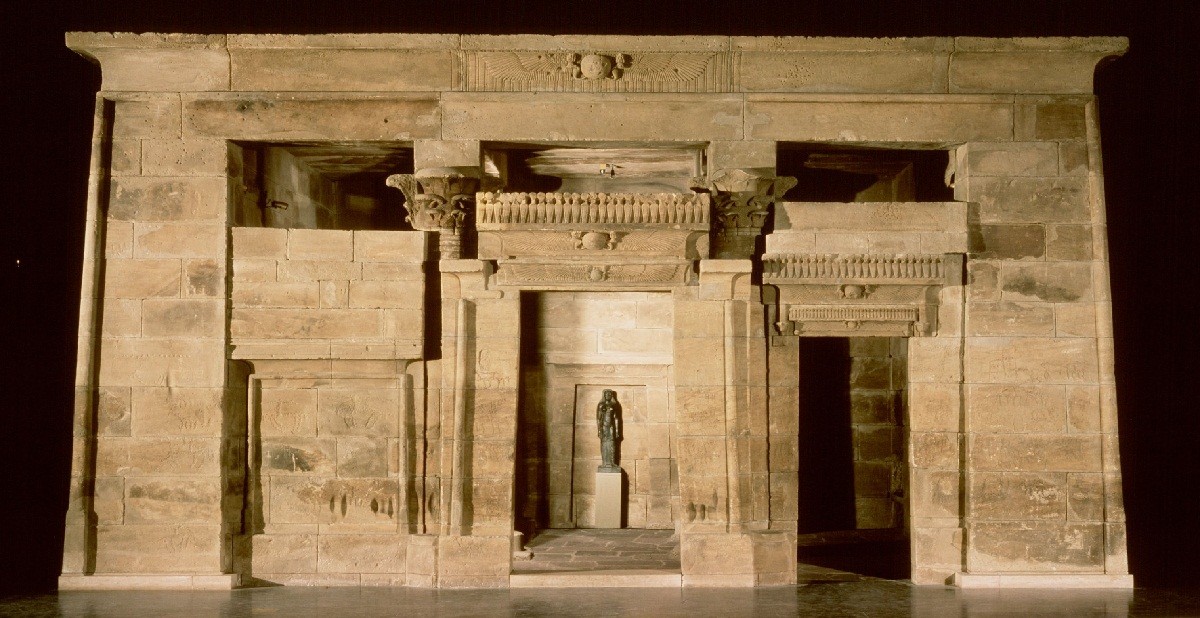
The temple was gifted to Netherlands in recognition of its efforts to preserve the Egyptian monuments from drowning when the high dam was built in 1960 A.D. After arriving in 1971, it was reconstructed in a new stall in the National Museum of Antiquities in Leiden, Netherlands.It was kept from the Dutch weather in a way that did not negatively affect its stones.
The temple of Ellesyia

The Temple of Ellesyia is an ancient Egyptian rocky temple located near Qasr Ibrim. It was built during the 18th dynasty by the Pharaoh Tuhutmus III. The temple was dedicated to the deities Amun, Horus and Satis.During the Nubian monument salvage campaign guided by UNESCO in the 1960s the temple was moved to the Museo Egizio at Turin in order to save it from being submerged by Lake Nasser and as a tribute from the Egyptian government to the Italian government for its efforts.
The gate of Kalabsha
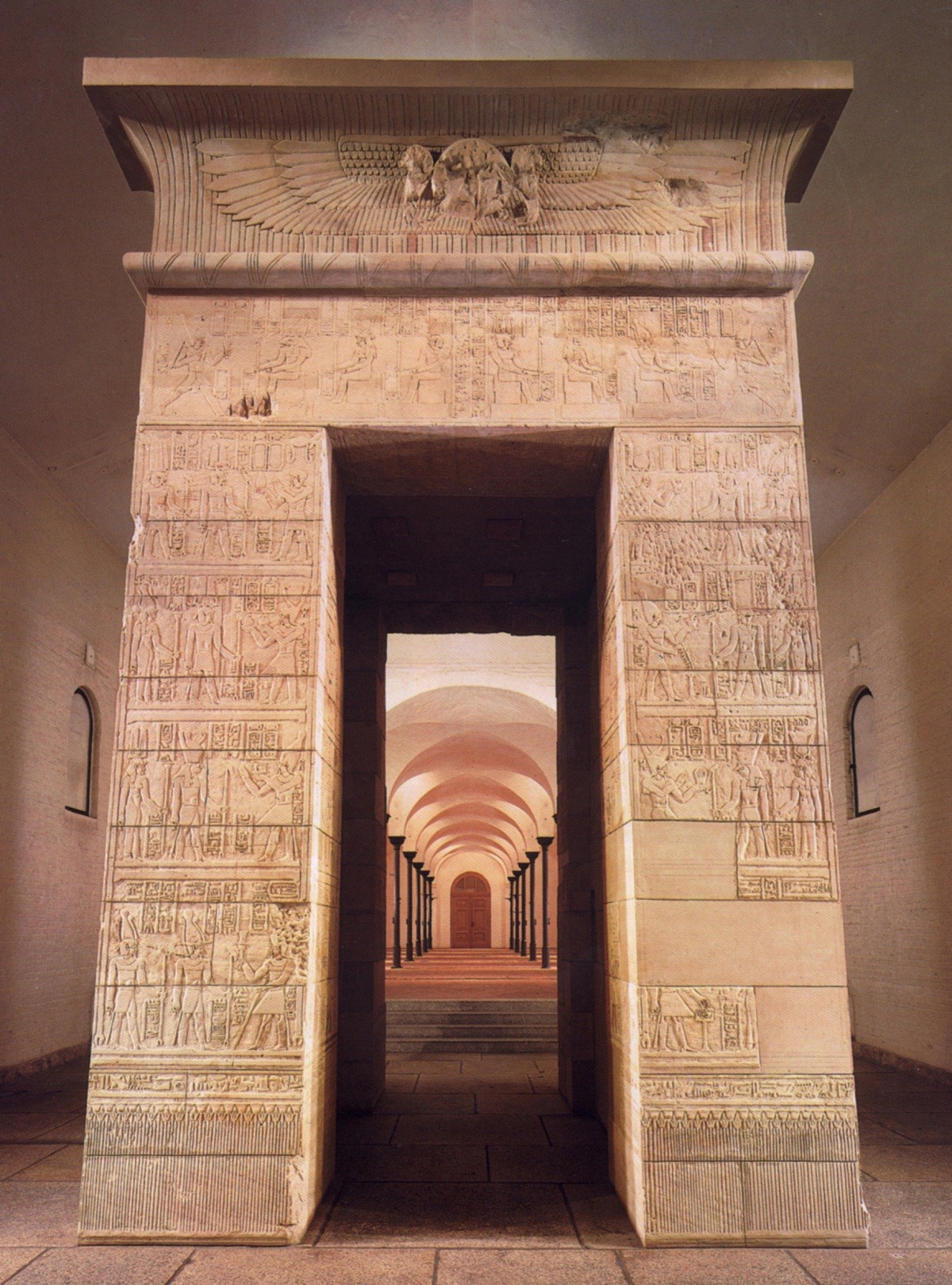
The gate was moved from the temple of kalabsha to Germany in recognition of its efforts to rescue the nubian temples. The temple of kalabsha is the best roman temple ever preserved for us despite the destruction of its walls and inscriptions. Before the temple was moved to its current location, it had been located on the west bank of the Nile river , 55 km south of Aswan. The temple was covered with water after building the dam for over nine months. In honor of the German efforts to save the Nubian temples, President Gamal Abdul Nasser decided to dedicate the gate of the temple, which is currently in the Egyptian side of Berlin Museum.
Mameluke Hall

The truth is that the tragedy of the Egyptian rulers' abdication of some of our monuments has not only been limited to Gamal Abdul Nasser but it started more than a century ago. Abbas I waived some Egyptian monuments and he gifted the Austrian archduke" maxmillian" one of the old mameluke palaces. It was the first core of the Pharaonic Antiquities Museum, and the entire hall was moved by sea to Vienna. Khedive Ismail gave the kings and consuls of Austria, France and Germany about 4000 artifacts of the same era .
New York obelisk
New York obelisk is in central park, the largest Park in Manhattan in New York City, it weighs about 244 tons of granite. After opening Suez Canal in 1869, khedive Ismail wanted to dedicate an Egyptian obelisk to the United States of America to strengthen mutual trade relations but was officially granted with a letter signed in 1879. After being transported in a private ship across the Mediterranean and Atlantic, it took about four months to transfer it from the bank of Hudson River to Staten island, and then to its current location.
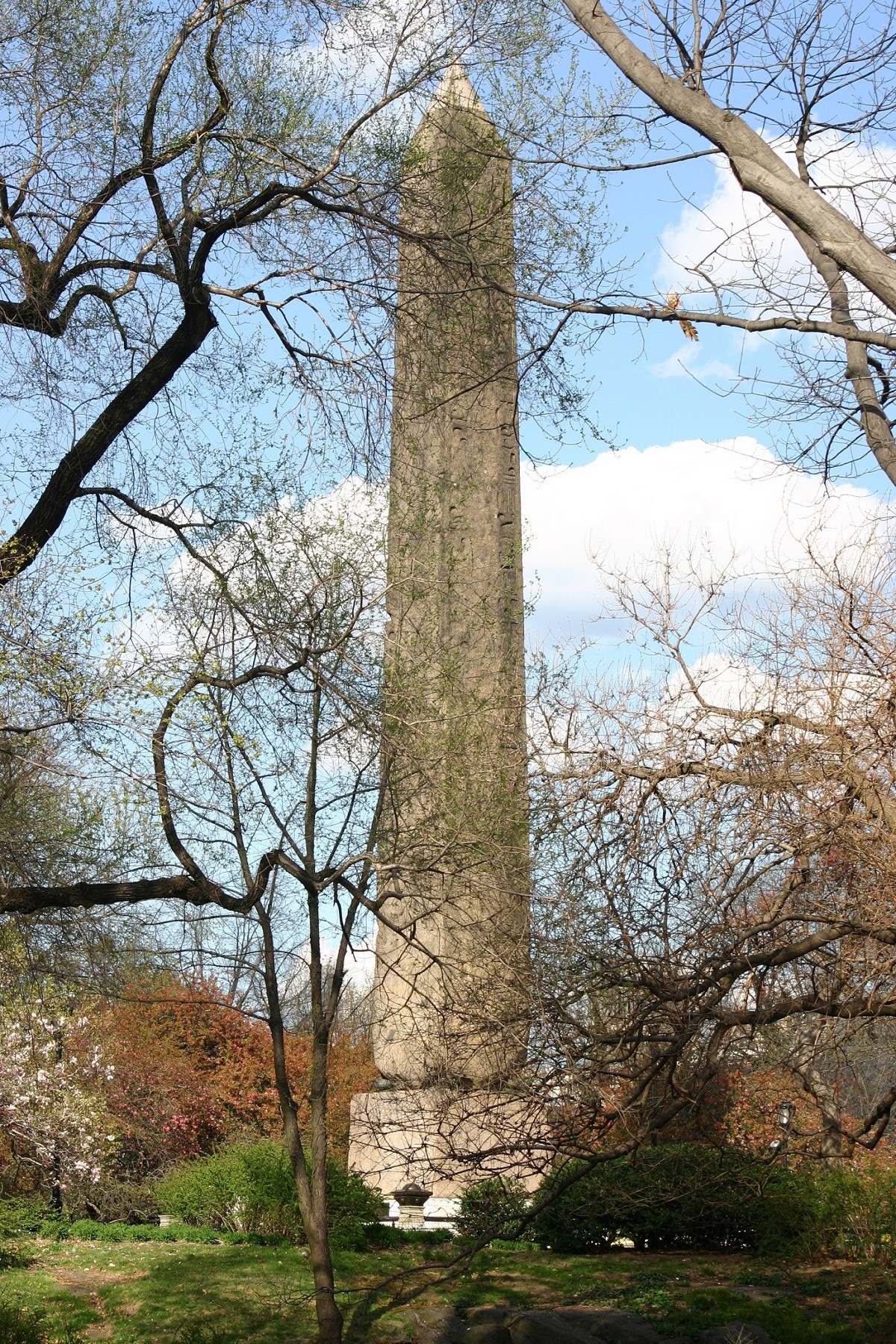
The obelisk of London and New York contains inscriptions in the name of Tuhutmus III, the pharaoh of Egypt in the 14th century B.C and signs added by Ramses II in the 12th century B.C. During the Romans' reign of Egypt, in the tenth century B.C , they moved the obelisks from the temple of "Ra" in Heliopolis to Alexandria to adorn a palace there. It is not known exactly why the name of the obelisks was attributed to Queen Cleopatra but it is believed that it was named in the Roman era, as a result of Cleopatra's political obvious activity in Roman politics of that era.
London obelisk
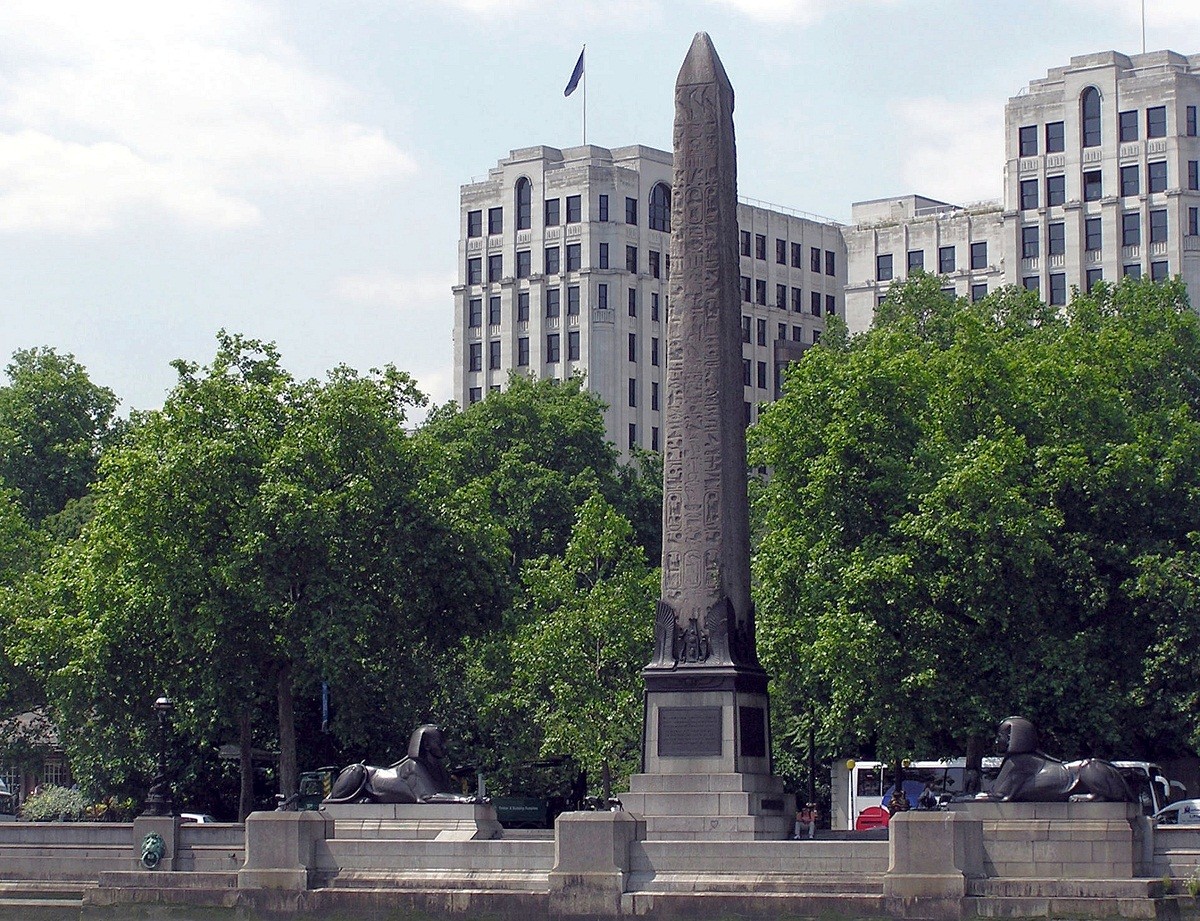
In 1801, Lord Nelson won the battle of the Nile, and managed to defeat the French army led by Napoleon Bonapart, so Muhammad Ali pasha decided to give him a great symbol in honour of this victory. So he chose cleopatra's second obelisk but it remained in the port until 1887,when Sir William James Erasmus Wilson agreed to afford transporting it to Britain so he spent 10,000 pounds sterling , the obelisk had been in Alexandria for more than 2000 years before transferring.
January 21, 1878, cleopatra obelisk reached the British capital, London. It was flanked by two faux-Egyptian sphinxes. In September 1917, during the first world war, the obelisk was damaged by a bomb dropped from a German aircraft near it.
Concorde obelisk
Ramses... the warrior who defeated millions of opponents and enemies, that hieroglyphic text on the Egyptian obelisk, which still in the centre of Place de la Concorde until now.

In 1833, Muhammed Ali pasha decided to gift that obelisk to France, which belongs to king Ramses II, who built it at the entrance of the temple of Luxor. The French transported it to Paris, and the french engineer Lipas set it up in the middle of Concorde square in Paris. Three more obelisks had been delivered to France before Ramses II obelisk. One in the middle of Alontaplow square, which moved with Napoleon during the French campaign, the second is in Vinsan, and the third is in Arl.




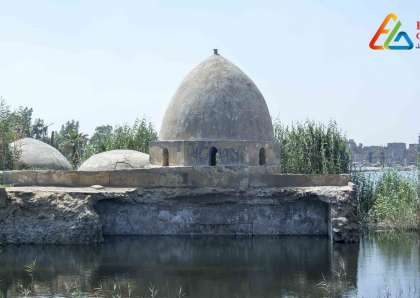
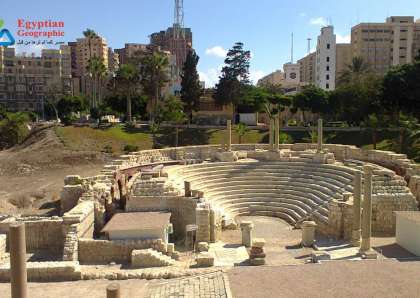













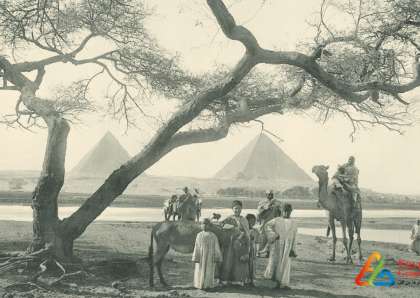








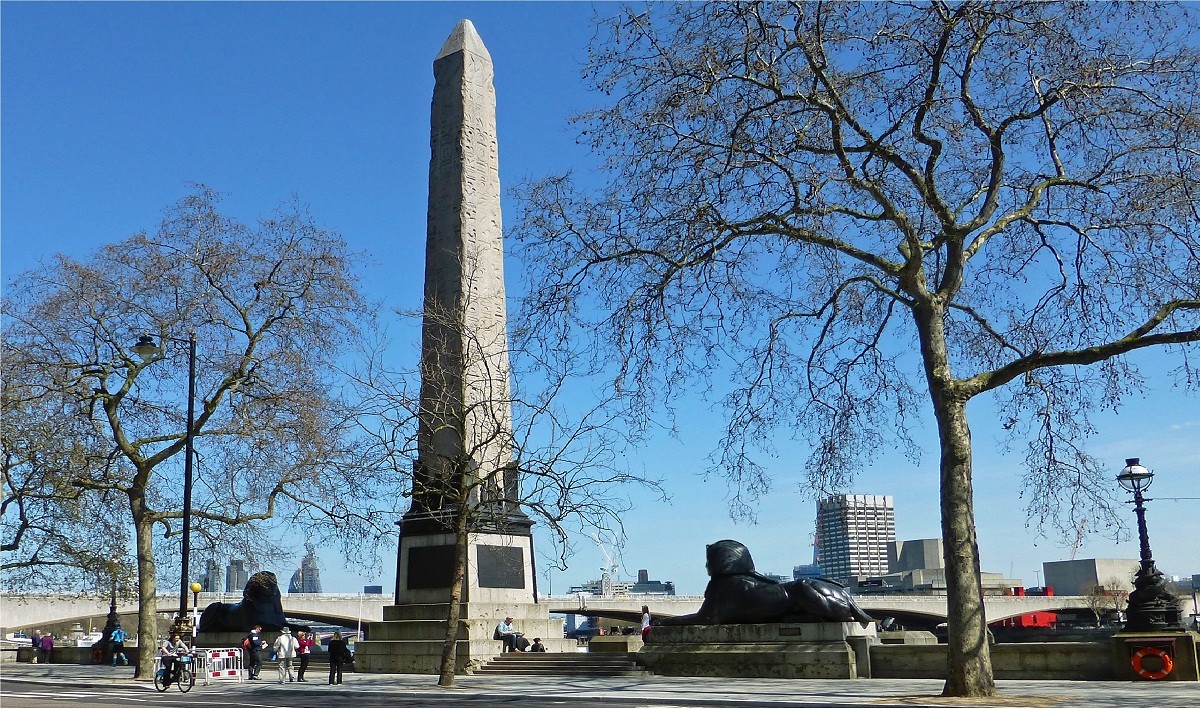








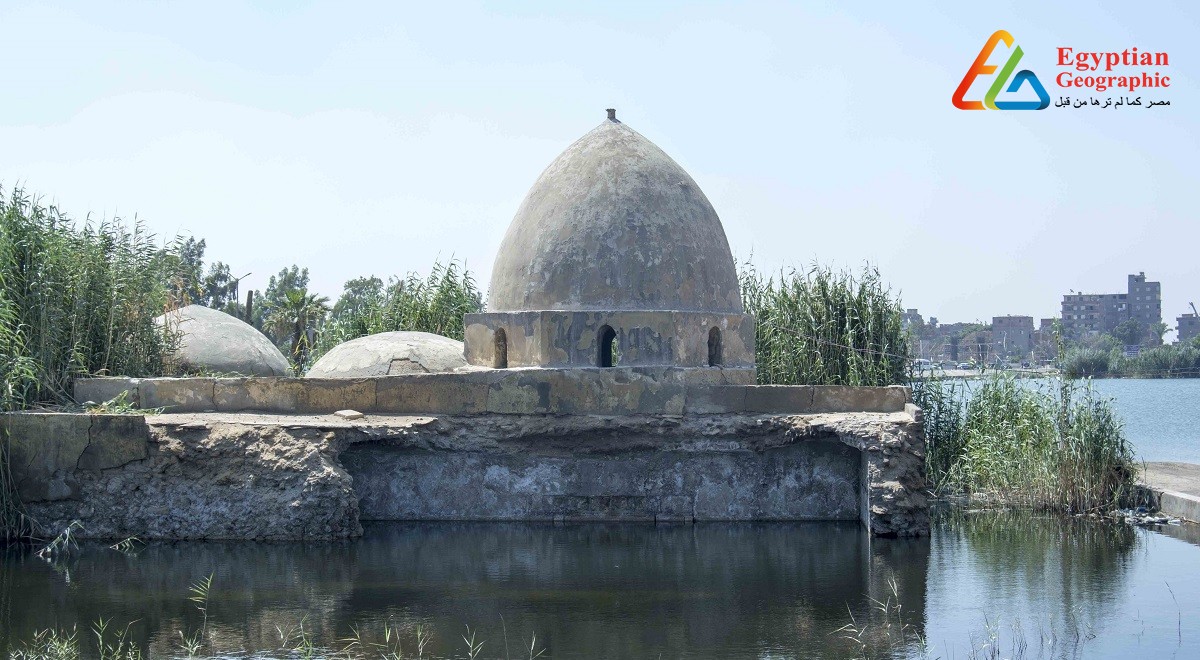
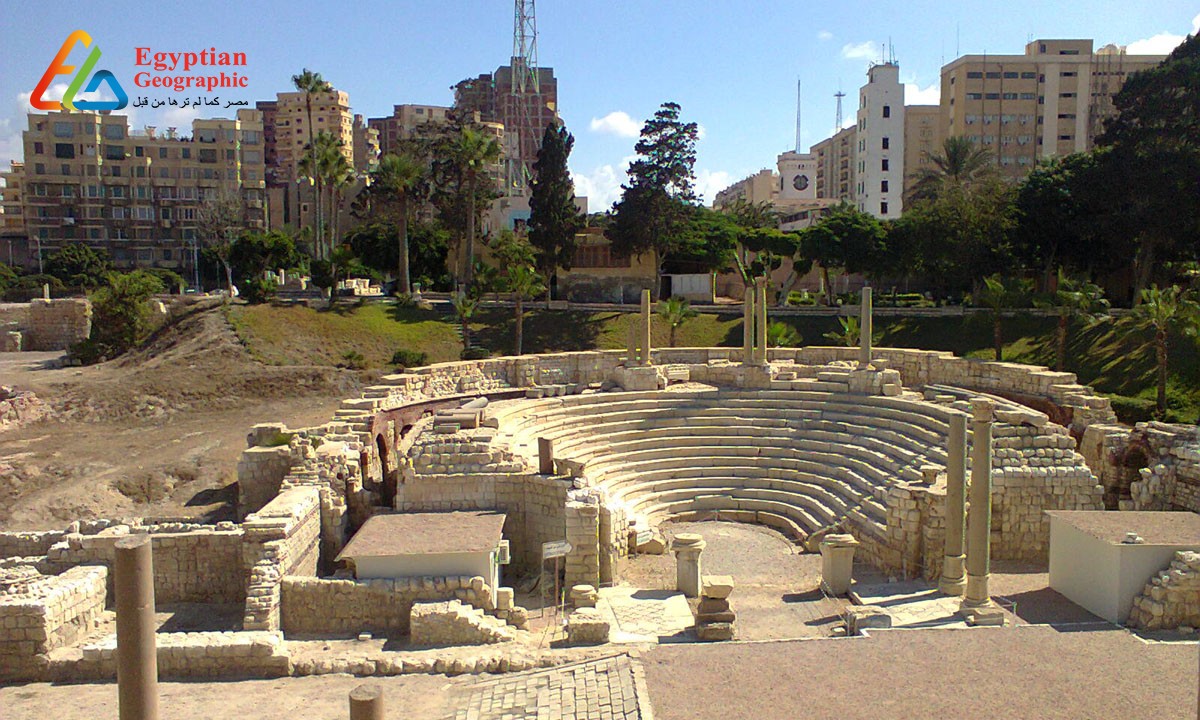
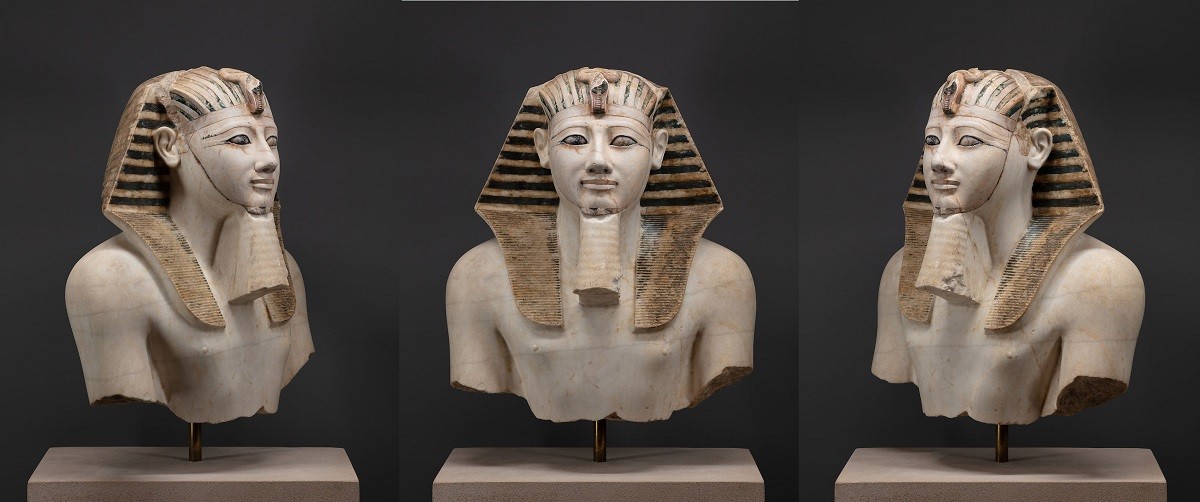


























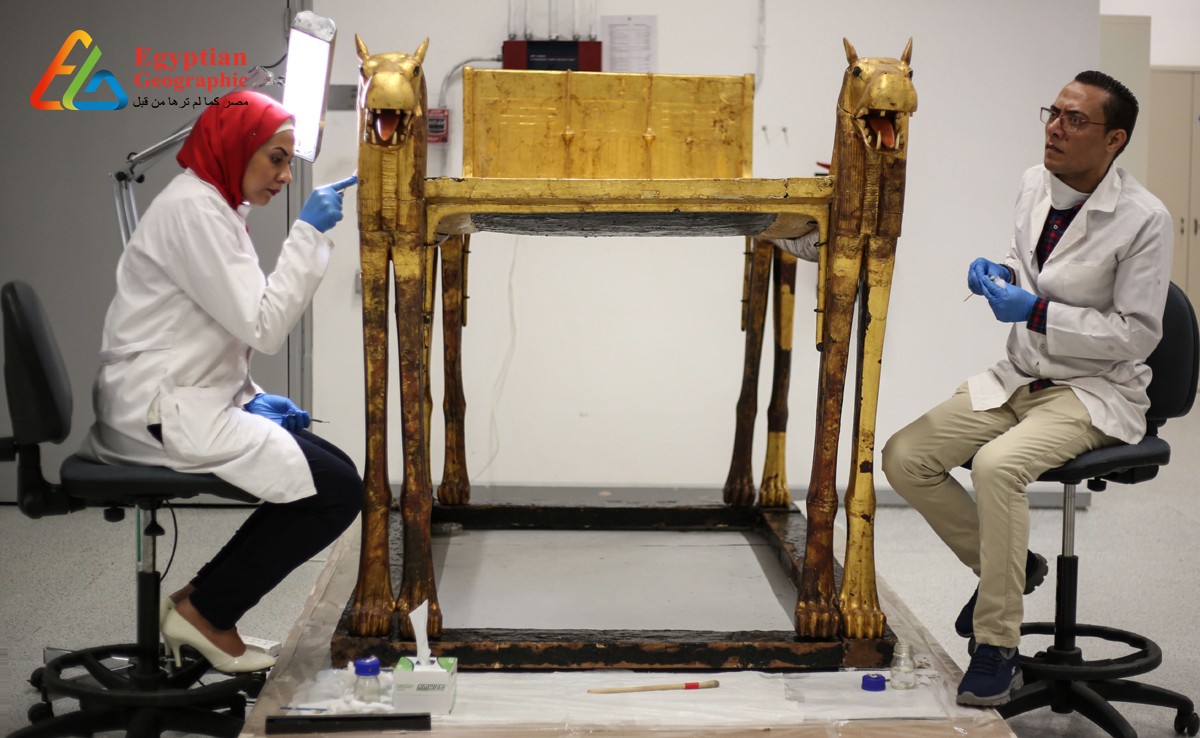
Egyptian Site & magazine